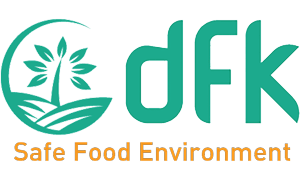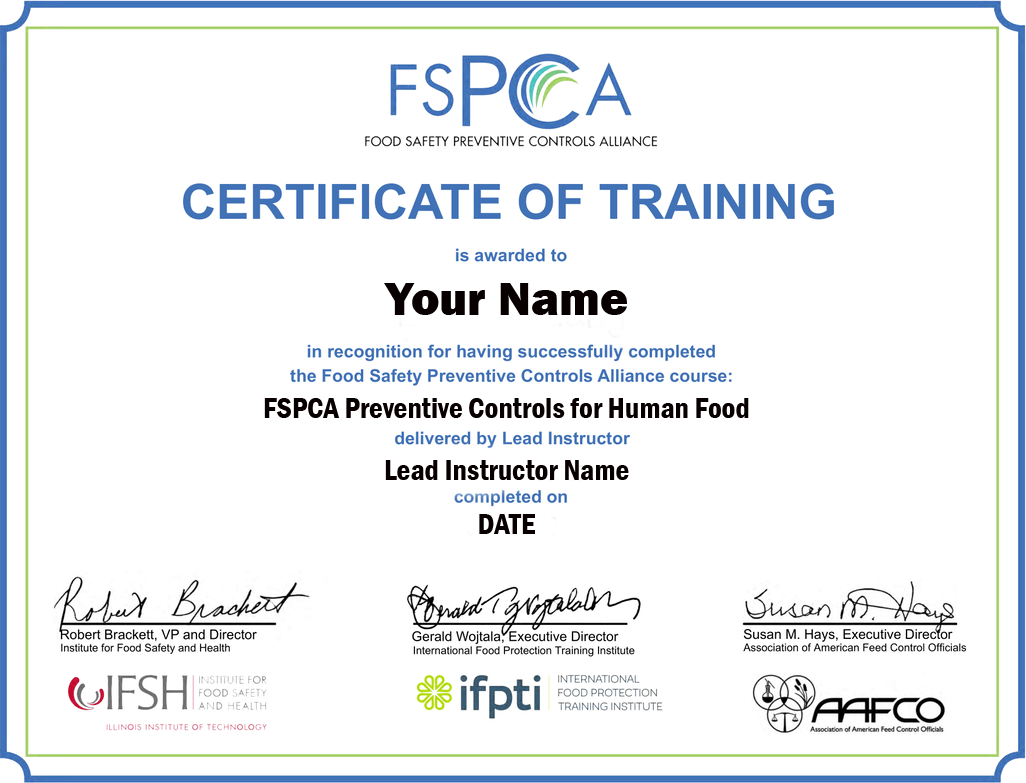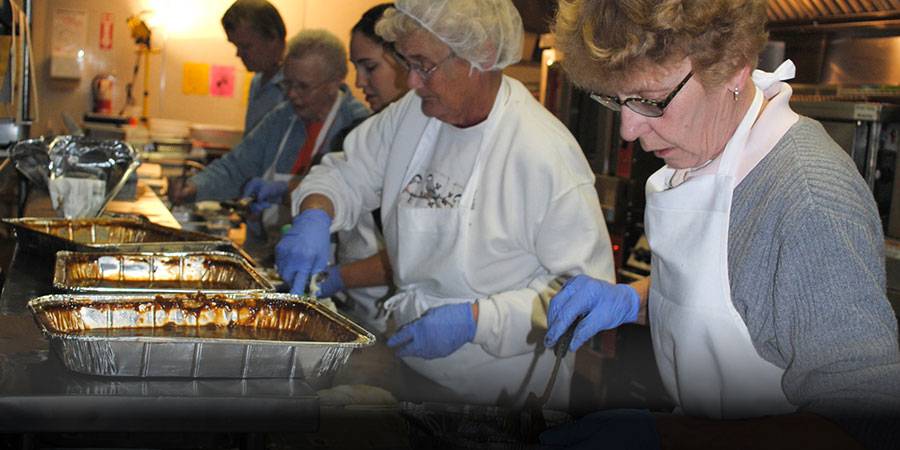Food labels review for entry to the US, EU and UK markets.



Current good manufacturing practice and hazard analysis and risk-based preventive controls for food for humans
This rule applies to food facilities - registered with section 415 of the Food, Drug, & Cosmetic Act - and requires them to have a food safety plan implemented that includes an analysis of hazards and risk-based preventive controls to minimize or prevent the identified hazards.
The concerned facilities are required to have and implement a written food safety plan that includes a number of points:
Standards for the growing, harvesting, packing, and holding of produce for human consumption
The Produce Safety Rule applies to covered farms and “establishes science-based minimum standards for the safe growing, harvesting, packing, and holding of fruits and vegetables grown for human consumption.”
However, these standards don’t apply to produce that is rarely consumed raw, produce for personal or on-farm consumption, or produce that is not a raw agricultural commodity.
Also, the main requirements involve the following:
Sanitary Transportation of Human and Animal Food
The main goal of this rule is to keep food safe from contamination during transportation by preventing issues such as failure to properly refrigerate food, inadequate cleaning of vehicles between loads, and failure to properly protect food.
Its requirements apply to shippers, loaders, carriers by motor or rail vehicle, and receivers involved in transporting human and animal food. Nonetheless, these requirements don’t apply to transportation by ship or air due to limitations in the law.
On the whole, the rule establishes several requirements:
Accredited third-party certifications The rule establishes “the framework, procedures, and requirements for accreditation bodies seeking recognition by the FDA, as well as requirements for third-party certification bodies seeking accreditation.”
These entities will be able to conduct food safety audits and to certify that foreign food facilities and food produced by such facilities meet applicable FDA food safety requirements.
Also, the FDA published a public registry of recognized accreditation bodies on their website, as well as a list of accredited third-party certification bodies.
FSMA mentions two uses for certifications under this program:
Foreign Supplier Verification Program (FSVP)
The Foreign Supplier Verification Program regulation applies to importers of food (human and animal) into the United States. It requires said importers to perform certain risk-based activities to check that the food imported into the United States has been produced in a manner that meets applicable U.S. safety standards.
According to this regulation, an importer is defined as “the U.S. owner or consignee of a food offered for import into the United States. If there is no U.S. owner or consignee, the importer is the U.S. agency or representative of the foreign owner or consignee at the time of entry, as confirmed in a signed statement of consent.”
Moreover, importers are responsible for actions such as:
Current good manufacturing practice and hazard analysis and risk-based preventive controls for food for animals
The requirements of this rule apply to animal food facilities as well, and oblige them to have a food safety plan in place as in the case of the previous rule mentioned.
Generally, domestic and foreign food facilities that are required to register with section 415 of the Food, Drug, & Cosmetic Act must comply with the requirements for risk-based preventive controls mandated by the FDA Food Safety Modernization Act (FSMA) as well as the modernized Current Good Manufacturing Practices (CGMPs) of this rule (unless an exemption applies).
Apart from the safety plan which is similar to the food facilities producing human food, covered facilities must follow Current Good Manufacturing Practices (CGMPs) for animal food production that have been created while taking into consideration the unique aspects of the animal food industry.
Mitigation strategies to protect food against intentional adulteration
This rule is concerned with “preventing intentional adulteration from acts intended to cause wide-scale harm to public health, including acts of terrorism targeting the food supply.” Its requirements apply to both domestic and foreign companies that are required to register with the FDA as food facilities - the rule doesn’t, however, cover very small businesses and farms.
All the facilities covered by the rule must develop and implement a written food defense plan that includes an analysis of vulnerabilities, implementation of mitigation strategies, procedures for food defense monitoring, corrective actions, and verification.


DFK hosts a variety of FSPCA PCQI training course in key geographic locations worldwide.

DFK FSPCA PCQI training course can be arranged for in-house training and private groups.

DFK provides online and e-learning FSPCA PCQI training course.